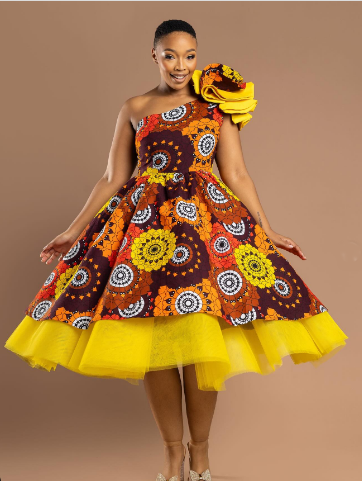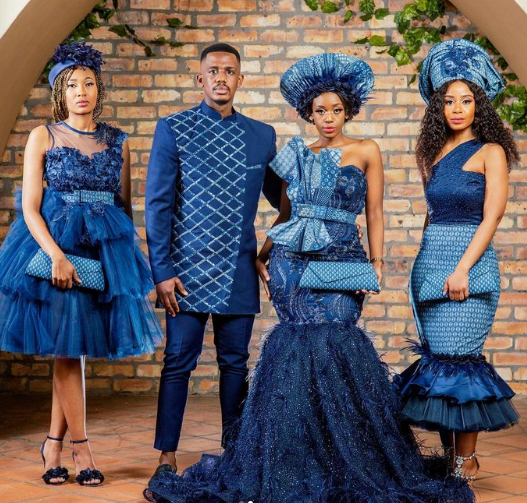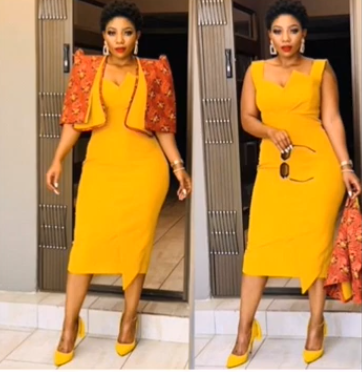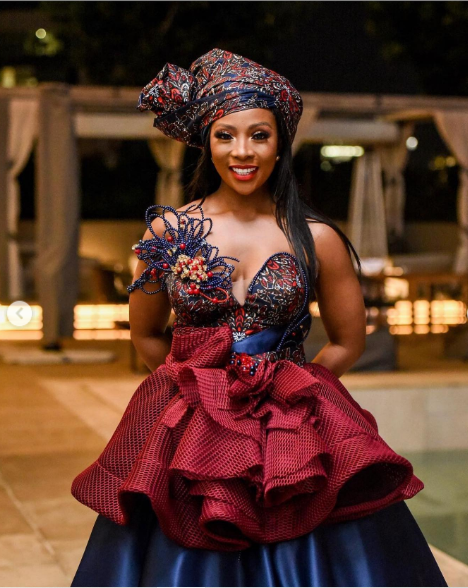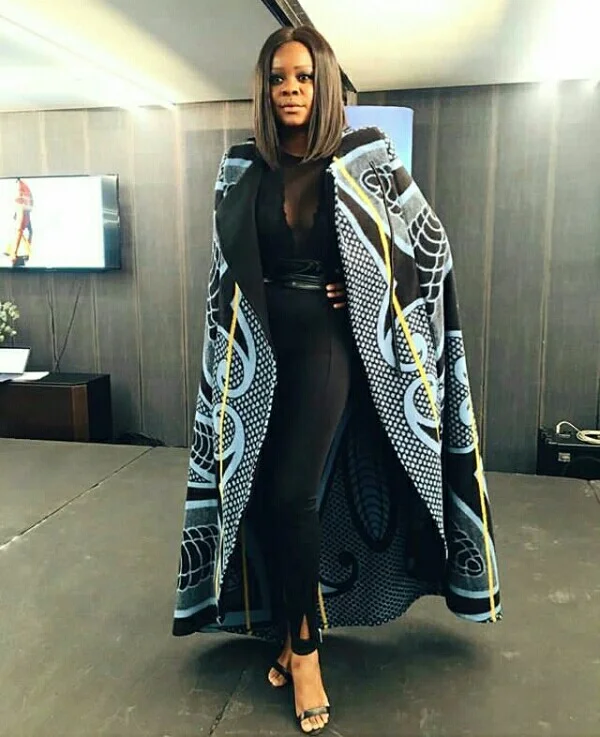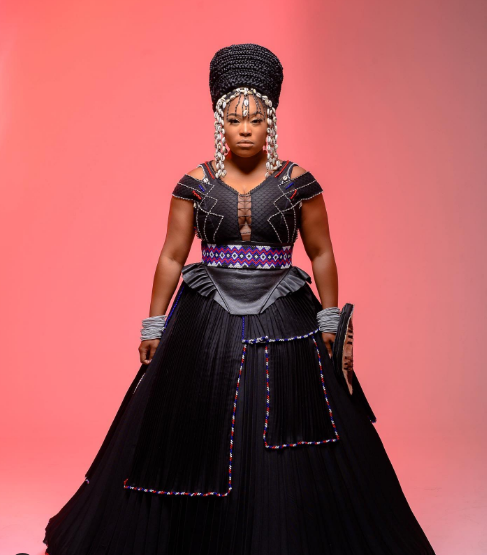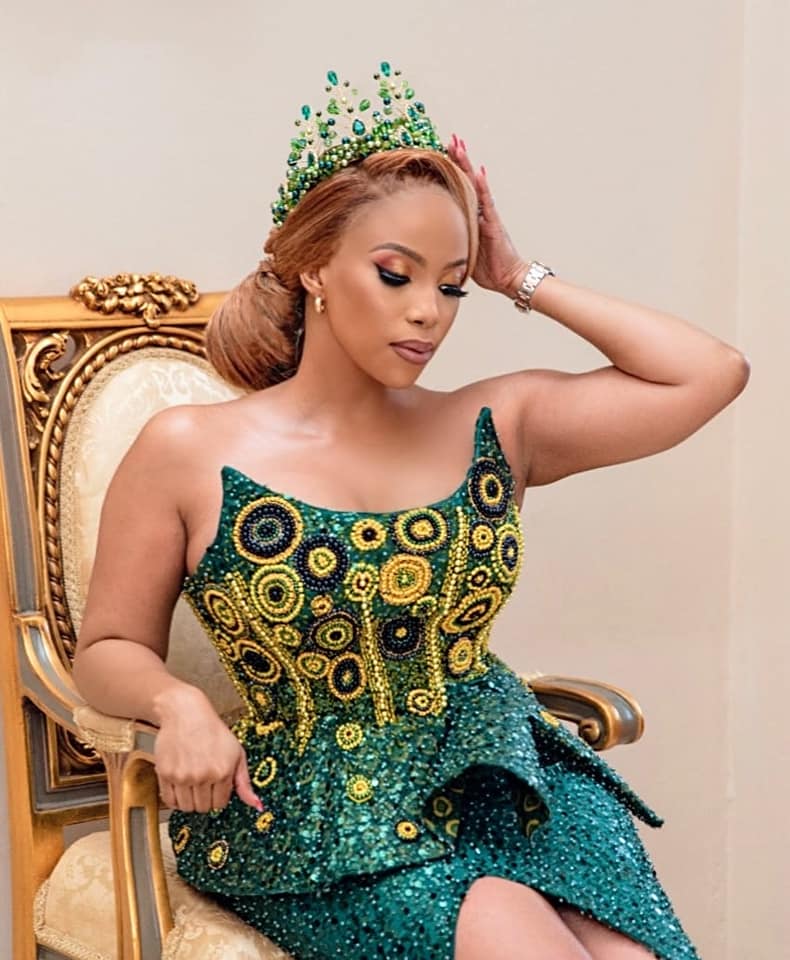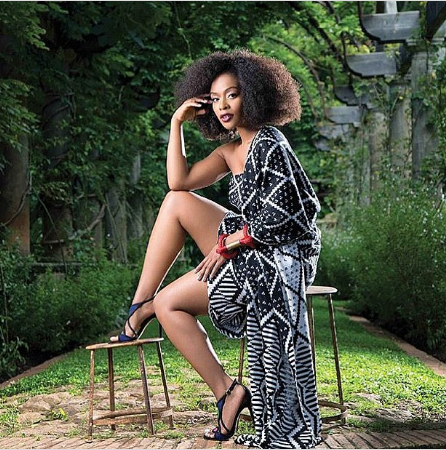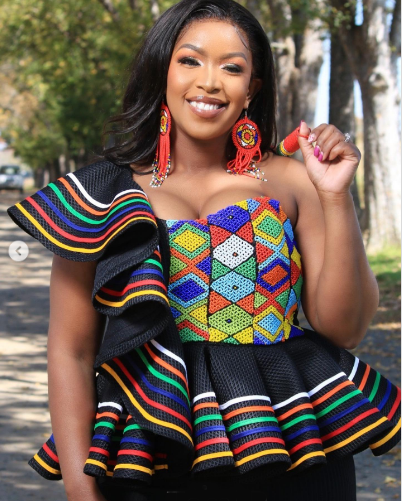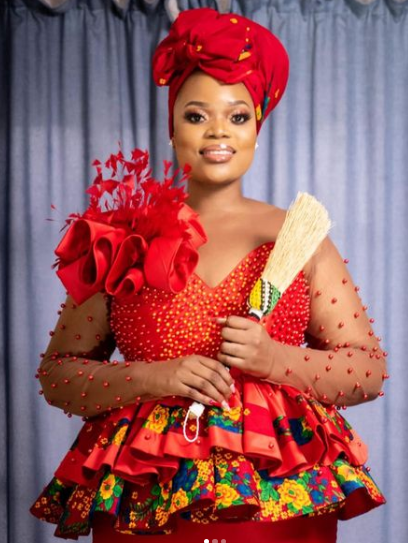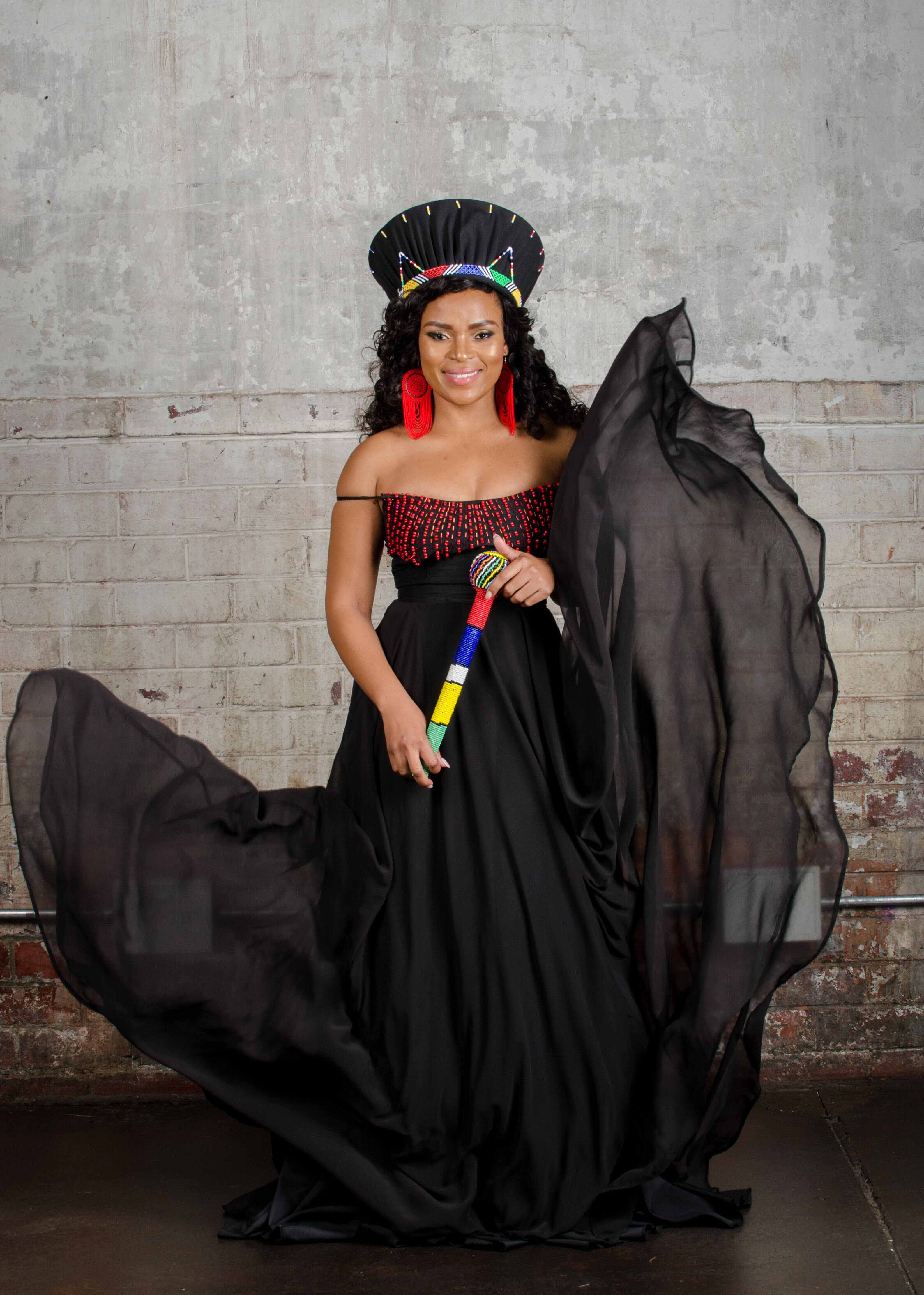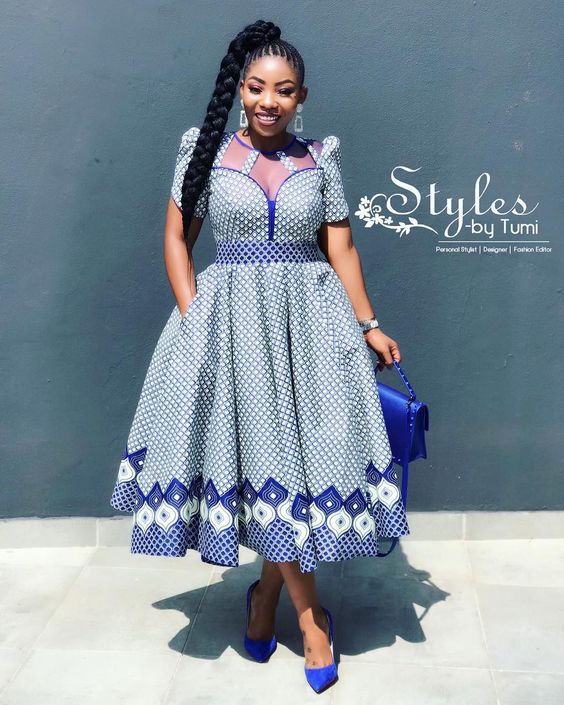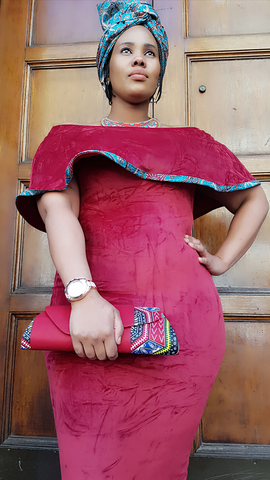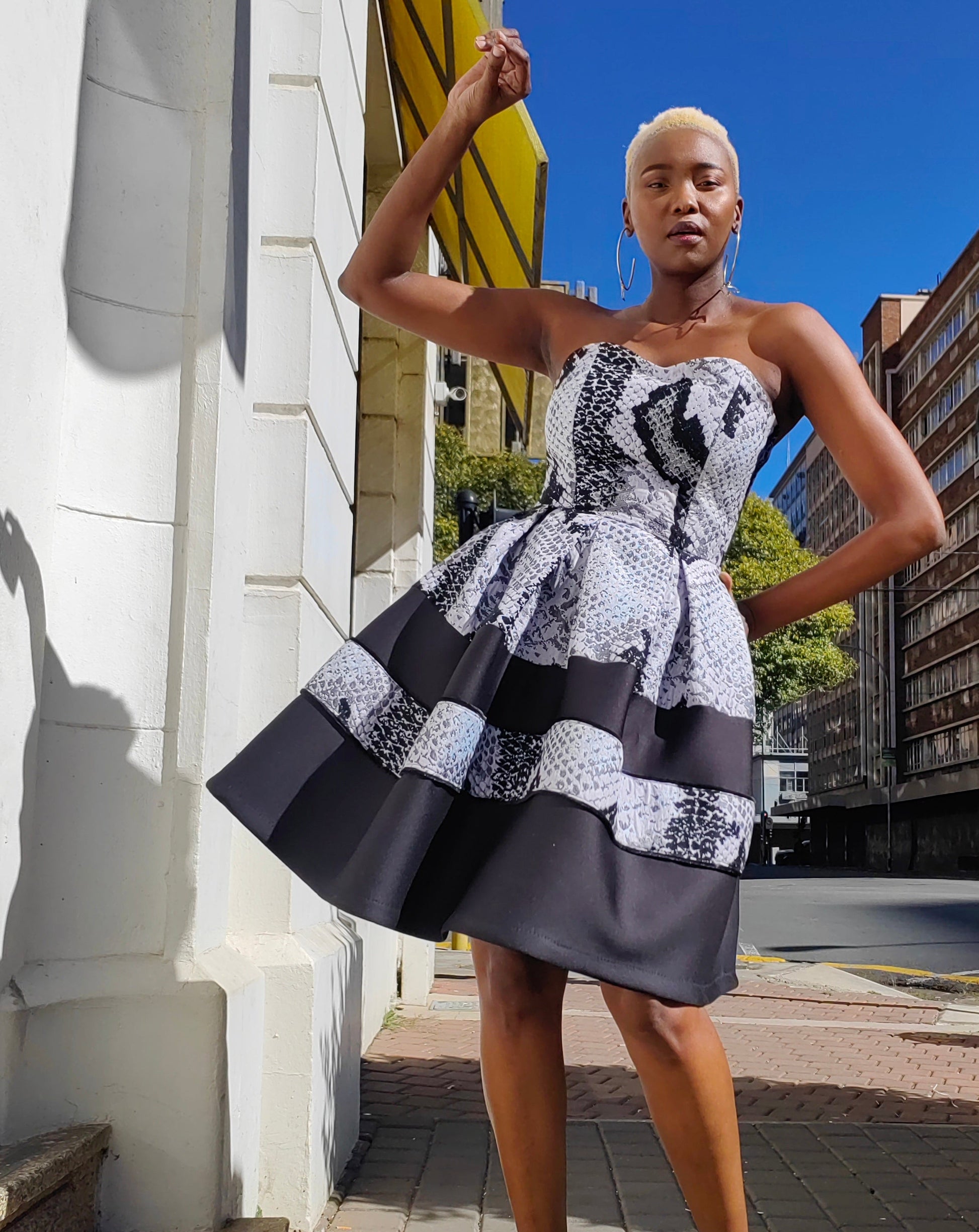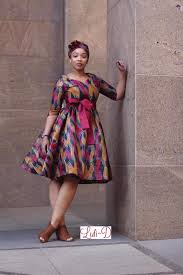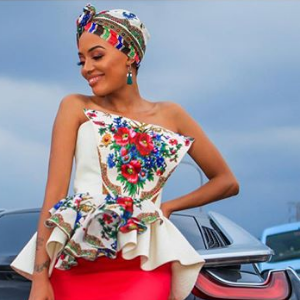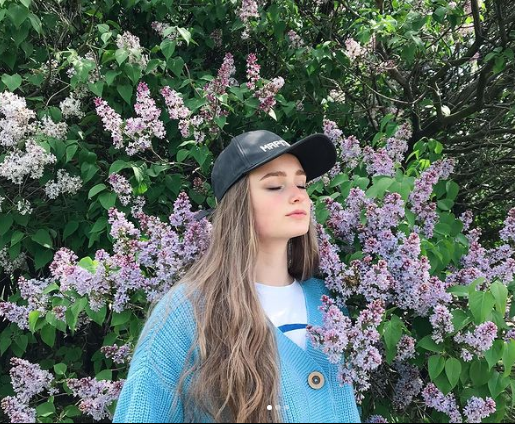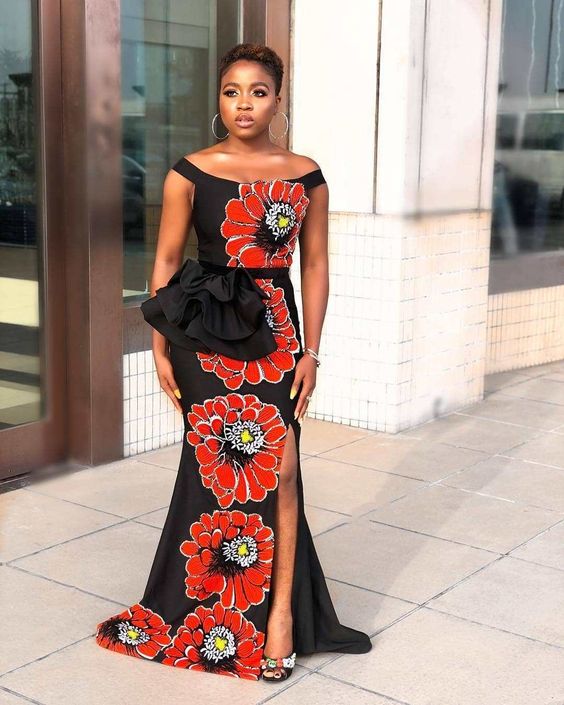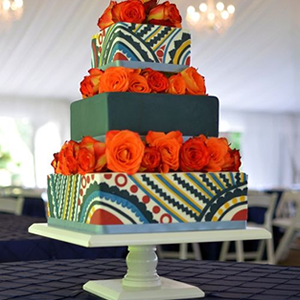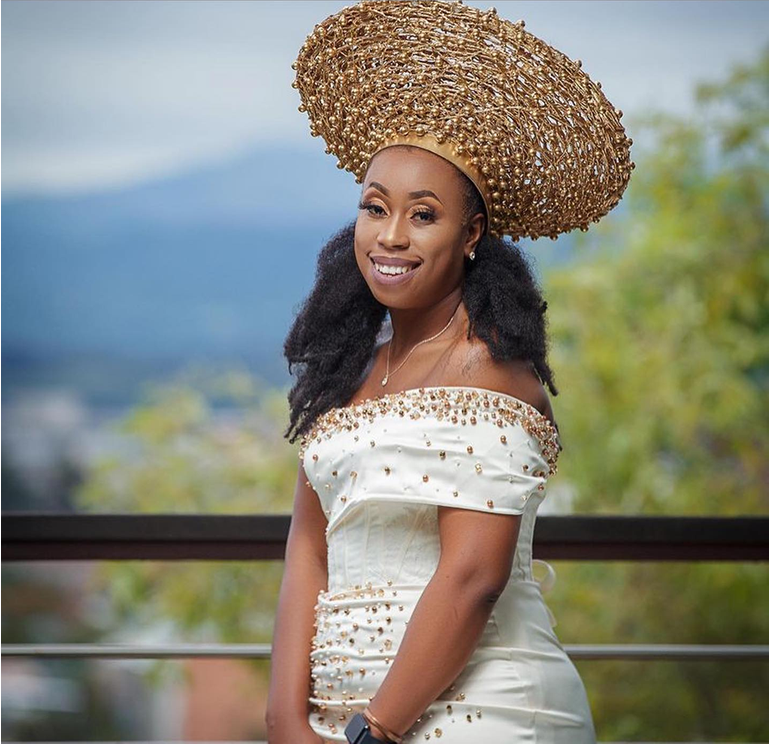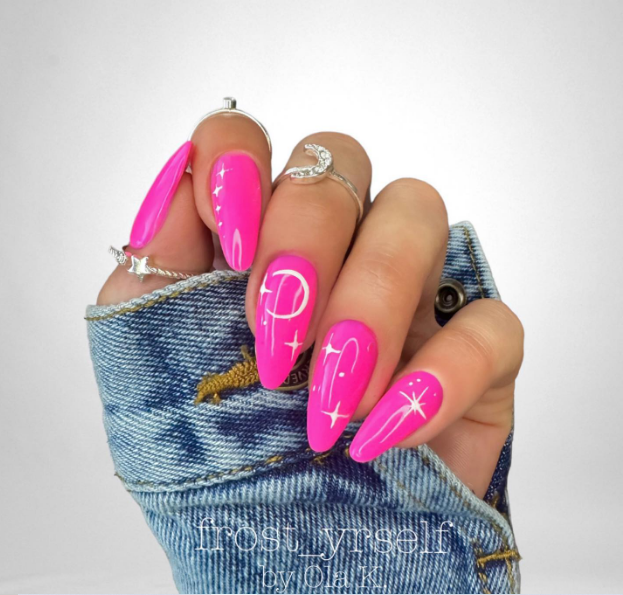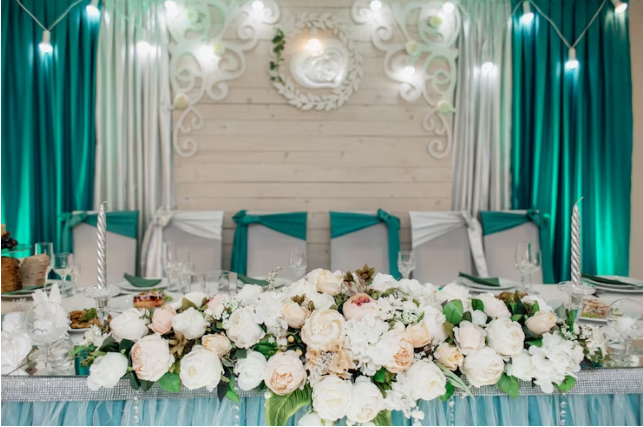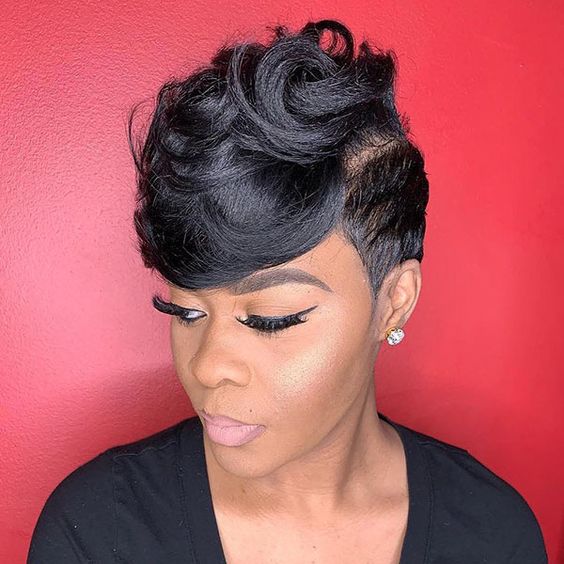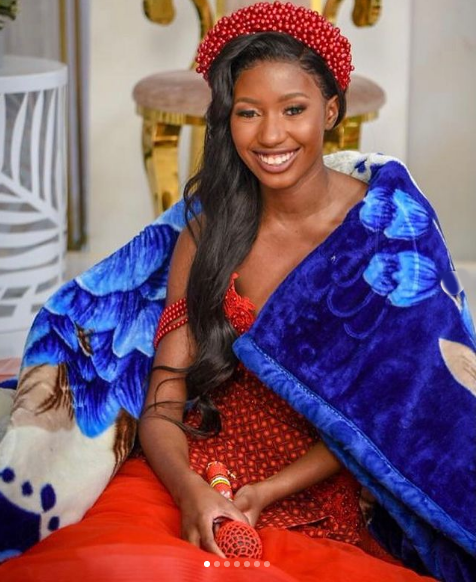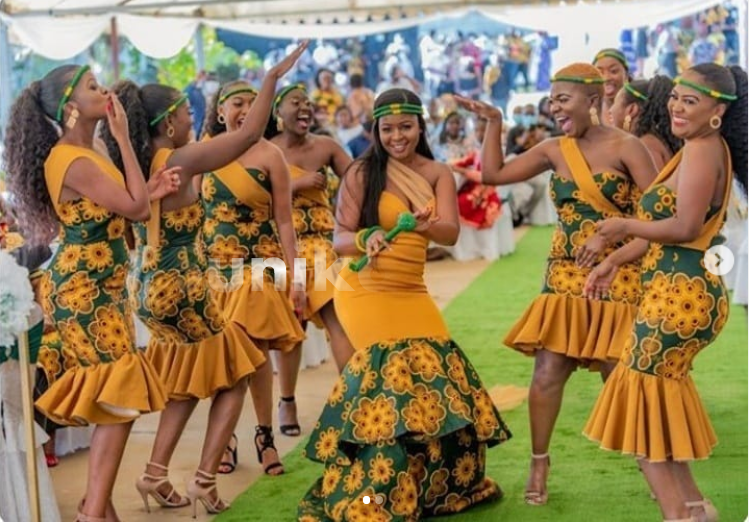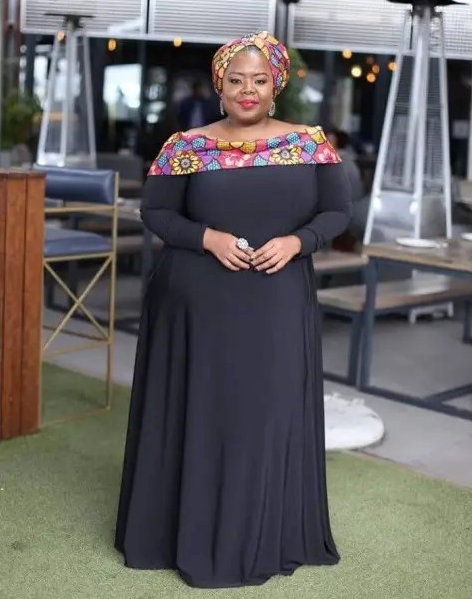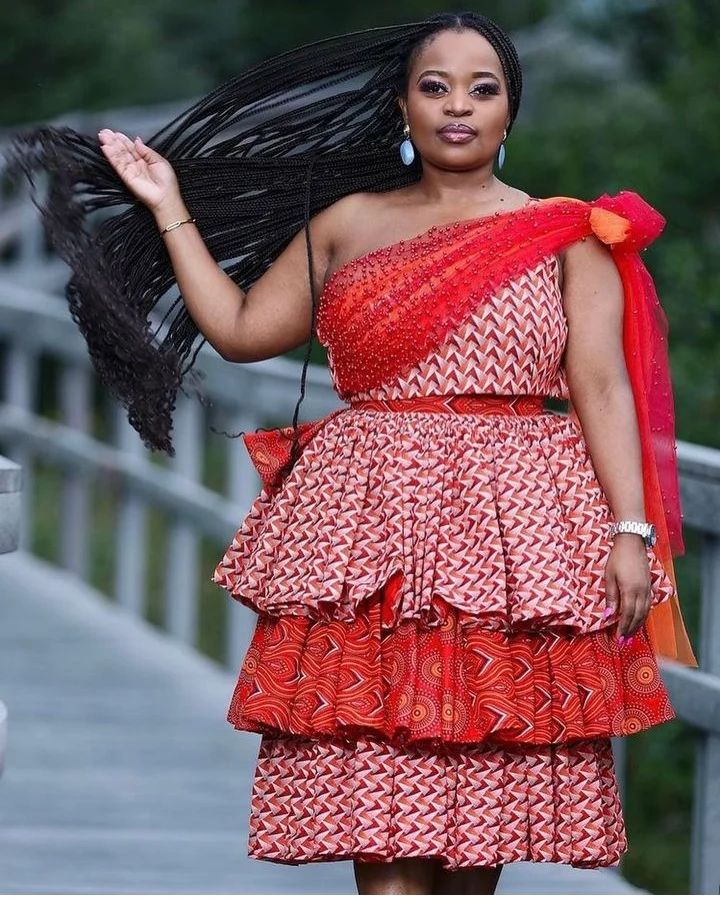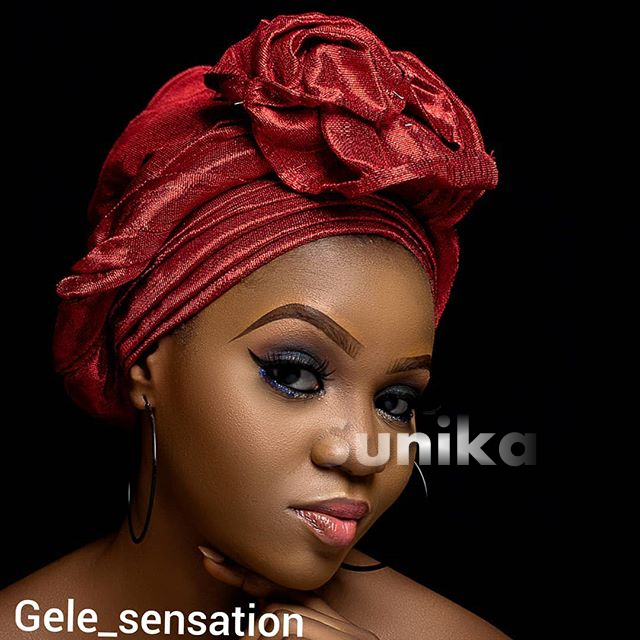
Head scarves for women have been worn for centuries, serving both practical and cultural purposes. They are a versatile accessory that can be worn in a variety of styles and can complement any outfit. In some cultures, head scarves are worn for religious reasons, while in others they are a fashion statement.
Head scarves come in many different fabrics, patterns, and sizes, allowing women to choose a scarf that matches their personal style. They can be tied in a variety of ways, depending on the occasion and personal preference. Some popular styles include wrapping the scarf around the head and neck for warmth in colder weather, tying the scarf in a turban style for a chic and bohemian look, or wrapping the scarf around the head and tying it at the side for a classic and elegant look.
In addition to being a fashion accessory, head scarves can also be practical for women who want to protect their hair from the sun, wind, or rain. They can also be worn as a form of modesty, particularly in cultures where women are expected to cover their hair in public.
Overall, head scarves for women are a versatile and stylish accessory that can be worn in a variety of ways. Whether for practical or cultural reasons, they are a beautiful addition to any outfit and can be a way to express one's personal style and cultural identity.
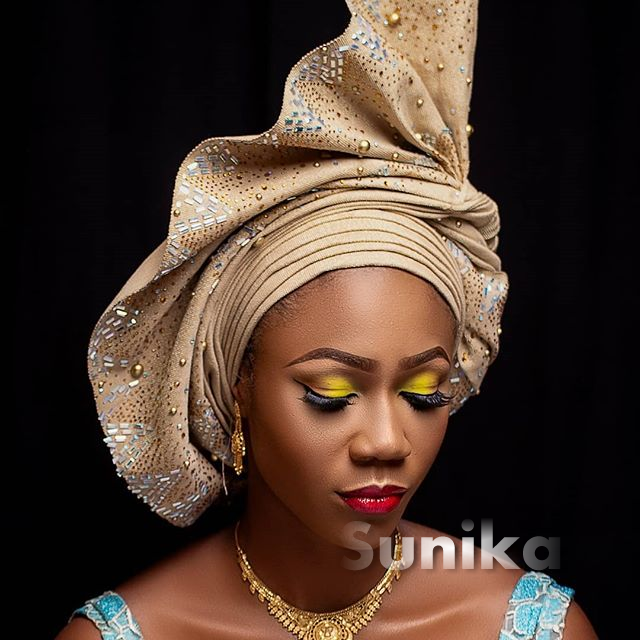
African Headwraps
African headwraps, also known as gele, dhuku, tukwi, and other names depending on the region, are a traditional and fashionable way for African women to adorn their heads. These headwraps come in a variety of colors, patterns, and styles, each with its own unique cultural significance.
The tradition of wearing headwraps in Africa dates back centuries and has been passed down from generation to generation. Headwraps were originally worn for practical reasons, such as protecting the hair from the sun and keeping it out of the face while working. Over time, headwraps became a symbol of African cultural identity and were used to express social status, marital status, and even political affiliation.
Today, African headwraps are worn for a variety of occasions, including weddings, church services, and cultural events. There are numerous styles of headwraps, each with its own unique name and history. Some of the most popular styles include the following:
-
Gele: This style of headwrap is popular in West Africa, especially in Nigeria. It is made from a stiff fabric that is folded and wrapped around the head to create a bold and dramatic look.
-
Dhuku: This is a Zimbabwean headwrap style that is made from a large piece of fabric that is folded and wrapped around the head. The dhuku is often worn with a traditional outfit, such as a shirtdress or a skirt and blouse.
-
Tukwi: This style of headwrap is popular in Ghana and is made from a colorful wax print fabric. The tukwi is wrapped around the head in a turban-like style and can be worn with both casual and formal attire.
-
Kente: This is a Ghanaian headwrap style that is made from a colorful, woven fabric. The kente headwrap is often worn for special occasions, such as weddings and graduations.
-
Amalgam: This is a Nigerian headwrap style that combines multiple fabrics to create a colorful and unique look. The amalgam headwrap is often worn for cultural events and festivals.
In addition to these styles, there are many other types of African headwraps that are popular in different regions and for different occasions. African women often accessorize their headwraps with jewelry, such as earrings and necklaces, to complete the look.
The art of wrapping an African headwrap is also an important part of the tradition. Many African women learn how to wrap a headwrap from their mothers and grandmothers, and the technique is often passed down from generation to generation. There are even tutorials available online for those who are interested in learning how to wrap an African headwrap themselves.
Overall, African headwraps are a beautiful and important part of African culture and tradition. They are not only a way for women to adorn their heads, but also a way to express cultural identity and pride.
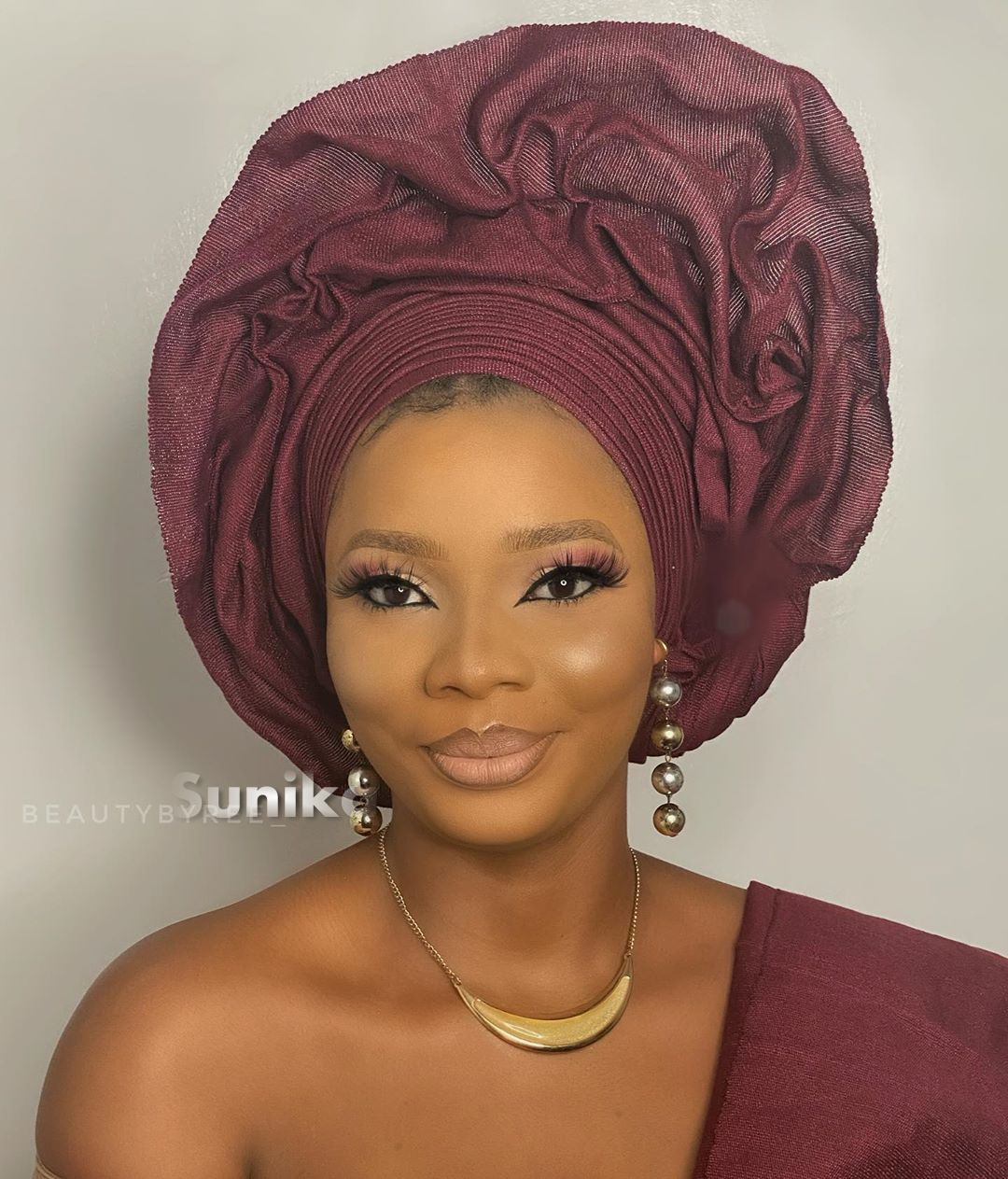 The Nigerian Gele
The Nigerian Gele
The Nigerian Gele is a traditional headwrap that originated from the Yoruba tribe in Nigeria. It is a significant part of Nigerian culture and is worn by women for both special occasions and everyday wear. The Gele is made of a stiff fabric that is folded and wrapped around the head to create a dramatic and bold look.
Geles come in a variety of colors, patterns, and sizes, allowing women to choose one that complements their outfit or reflects their personal style. The fabric is usually a firm cotton or damask material, which helps the Gele hold its shape and stay in place.
In Nigeria, the Gele is worn for weddings, festivals, and other special events. It is often worn with traditional Nigerian attire, such as the Iro and Buba or the Aso Ebi. Women also wear the Gele to church and other religious services, as a sign of respect and modesty.
The art of tying a Gele is considered a skill, and many women learn how to tie a Gele from their mothers or other female relatives. There are different styles of tying a Gele, each with its own unique name and history. Some popular styles include the Avant-Garde, the Fan Gele, and the Rose Gele.
Overall, the Nigerian Gele is a beautiful and important part of Nigerian culture. It is a symbol of beauty, pride, and cultural identity, and is worn with great pride by Nigerian women all over the world.
Click here to see more Nigerian Gele Styles.
 Xhosa Doek Styles
Xhosa Doek Styles
The Xhosa Doek is a traditional headwrap worn by Xhosa women in South Africa. The Doek is made of a colorful fabric that is wrapped around the head in a variety of styles, creating a bold and vibrant look. The Doek is an important part of Xhosa culture and is seen as a symbol of beauty, pride, and cultural identity.
Xhosa Doek styles come in a range of colors, patterns, and sizes, allowing women to choose one that complements their outfit or reflects their personal style. The fabric used to make a Doek is typically a firm cotton or silk material that helps the Doek hold its shape and stay in place.
The art of tying a Doek is considered a skill, and many Xhosa women learn how to tie a Doek from their mothers, grandmothers, or other female relatives. There are different styles of tying a Doek, each with its own unique name and history. Some popular styles include the Isicolo, the Intsimbi, and the Umbhaco.
The Isicolo style involves tying the Doek in a way that creates a dramatic and bold look. This style is often worn to weddings and other special events.
The Intsimbi style involves tying the Doek in a way that creates a more casual and relaxed look. This style is often worn during everyday activities, such as going to the market or running errands.
The Umbhaco style involves tying the Doek in a way that creates a more traditional and cultural look. This style is often worn during cultural ceremonies and events.
In Xhosa culture, the Doek is worn by women of all ages and is seen as a symbol of beauty, pride, and cultural identity. The Doek is often worn with traditional Xhosa attire, such as the Isidwaba and Isicolo, and is worn to weddings, festivals, and other special events.
Overall, the Xhosa Doek is a beautiful and important part of Xhosa culture. It is a symbol of beauty, pride, and cultural identity, and is worn with great pride by Xhosa women all over South Africa. Click here to see more Xhosa Doek Styles.
Muslim Headscarves
Headscarves, also known as hijabs, are a type of head covering worn by some Muslim women as a form of religious and cultural expression. The use of headscarves varies across different Muslim cultures, and there are many styles and designs of headscarves that can be worn.
The headscarf has been a subject of controversy in many parts of the world, with some arguing that it is a symbol of oppression against women, while others see it as an important religious and cultural expression. Regardless of one's personal opinion, it is important to understand the significance of headscarves in Muslim culture and the different ways in which they are worn.
The practice of wearing a headscarf can be traced back to the time of the Prophet Muhammad, who encouraged women to cover their heads as a sign of modesty and respect for their faith. Since then, the practice has evolved and taken on different meanings across different cultures.
In some Muslim countries, such as Saudi Arabia and Iran, wearing a headscarf is mandatory for women in public spaces. In other countries, such as Turkey, the wearing of headscarves has been a subject of political debate, with some arguing that it is a symbol of Islamic fundamentalism and a threat to secularism.
Despite these debates, many Muslim women continue to wear headscarves as a sign of their faith and cultural identity. For some, it is a personal choice and a way to express their beliefs and values. For others, it is a way to feel connected to their community and to show pride in their heritage.
There are many different styles of headscarves that can be worn, depending on the culture and the individual's personal preference. Some headscarves are worn loosely, covering the head and neck, while others are wrapped more tightly around the head and face, leaving only the eyes exposed.
In addition to the headscarf, many Muslim women also wear other forms of modest clothing, such as long dresses and skirts, to cover their bodies. This is done as a way to demonstrate their commitment to their faith and to avoid drawing attention to their physical appearance.
Overall, the wearing of headscarves is a complex and nuanced practice that is deeply rooted in Muslim culture and religion. While it may be controversial in some parts of the world, it is important to respect the choices of individual women and to strive for greater understanding and acceptance of diverse cultural practices.
